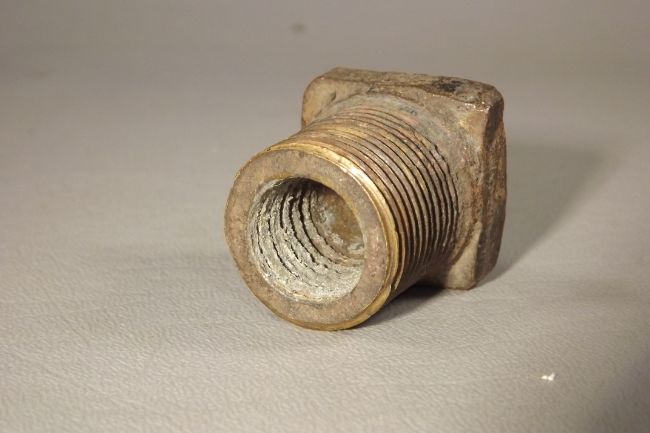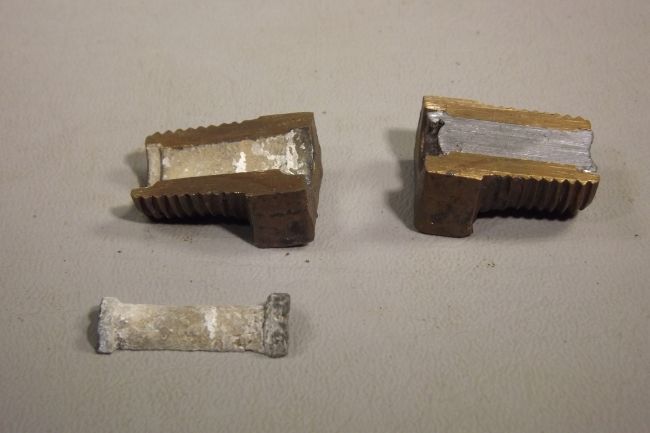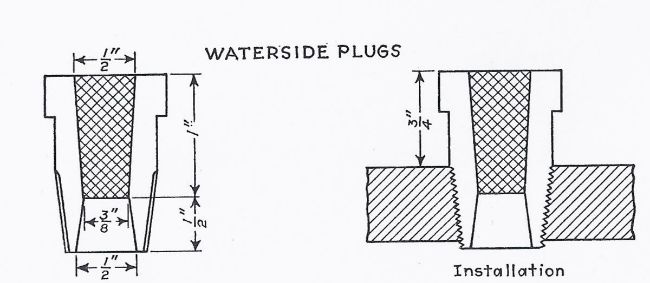| It is currently Fri Apr 19, 2024 3:07 pm |
|
All times are UTC - 5 hours [ DST ] |
Fusible Plugs: Another Failure Scenario and a Bit of Trivia
Moderators: Rick Rowlands, tomgears, Randy Hees
 
|
Page 1 of 1 |
[ 1 post ] |
|
| Author | Message | ||
|---|---|---|---|
| Bruce E. Babcock |
|
||
|
Joined: Mon Apr 19, 2010 9:31 pm Posts: 40 Location: Amanda, Ohio |
|
||
 
|
Page 1 of 1 |
[ 1 post ] |
|
All times are UTC - 5 hours [ DST ] |
Who is online |
Users browsing this forum: Google [Bot], Majestic-12 [Bot], scratchyX1 and 194 guests |
| You cannot post new topics in this forum You cannot reply to topics in this forum You cannot edit your posts in this forum You cannot delete your posts in this forum You cannot post attachments in this forum |





